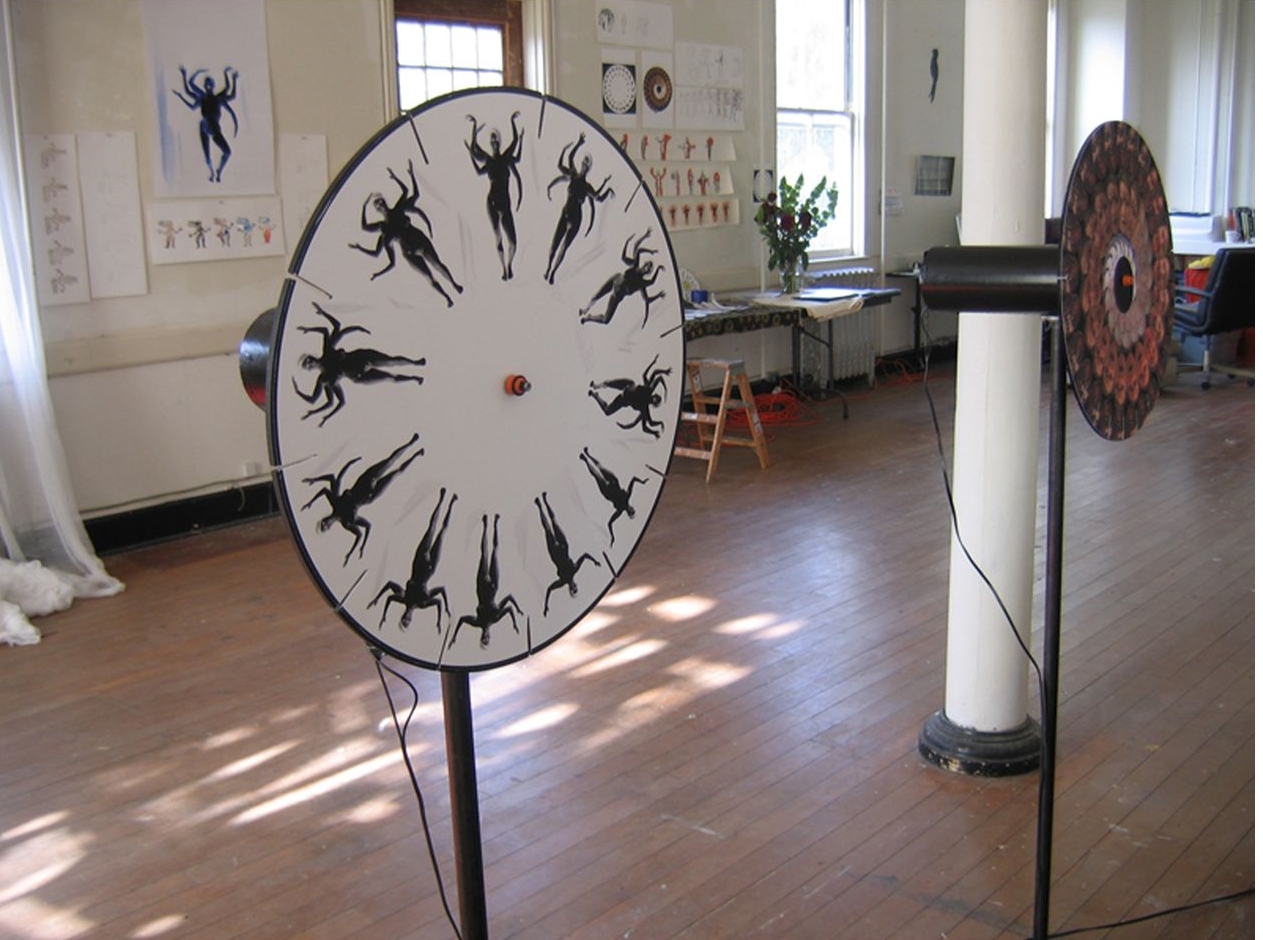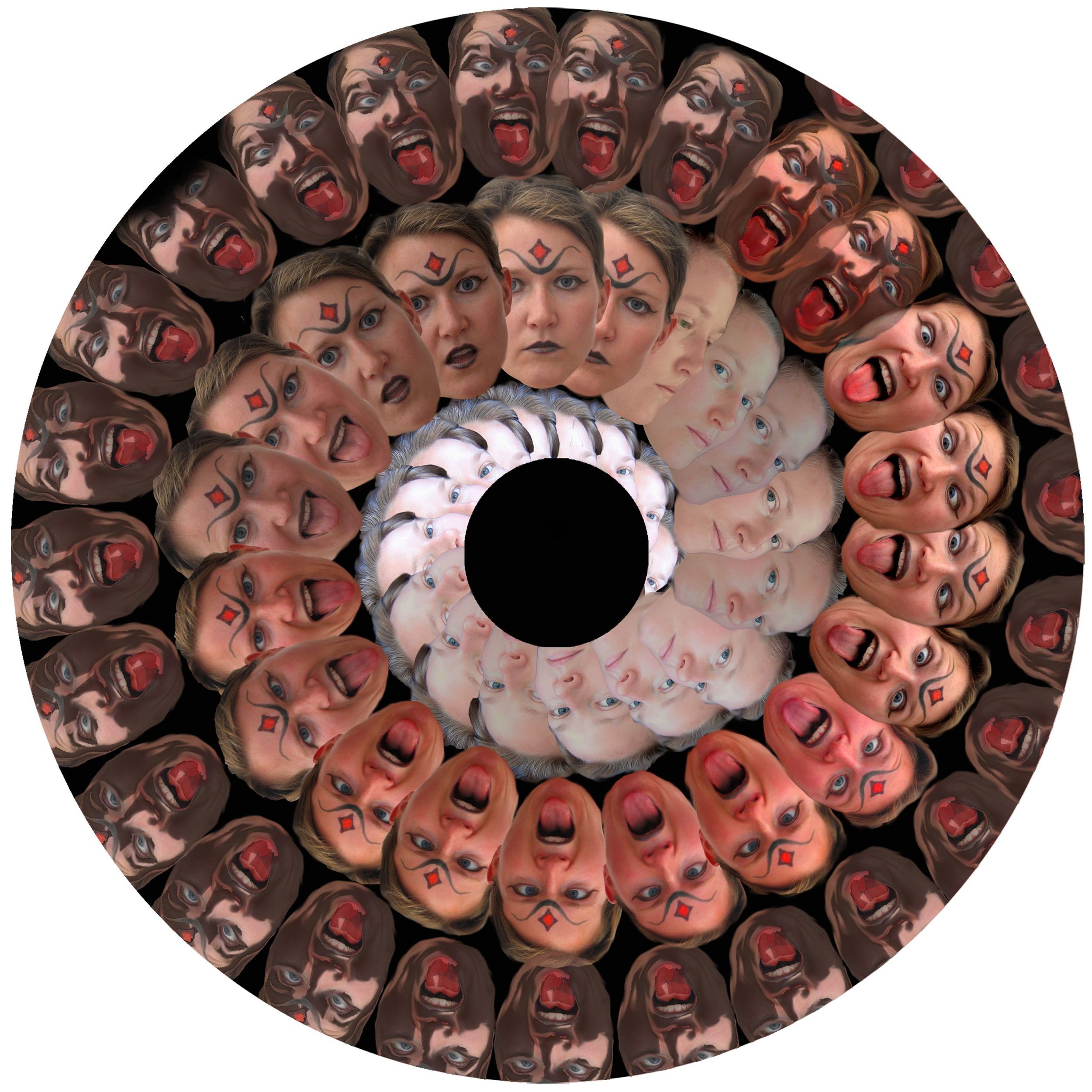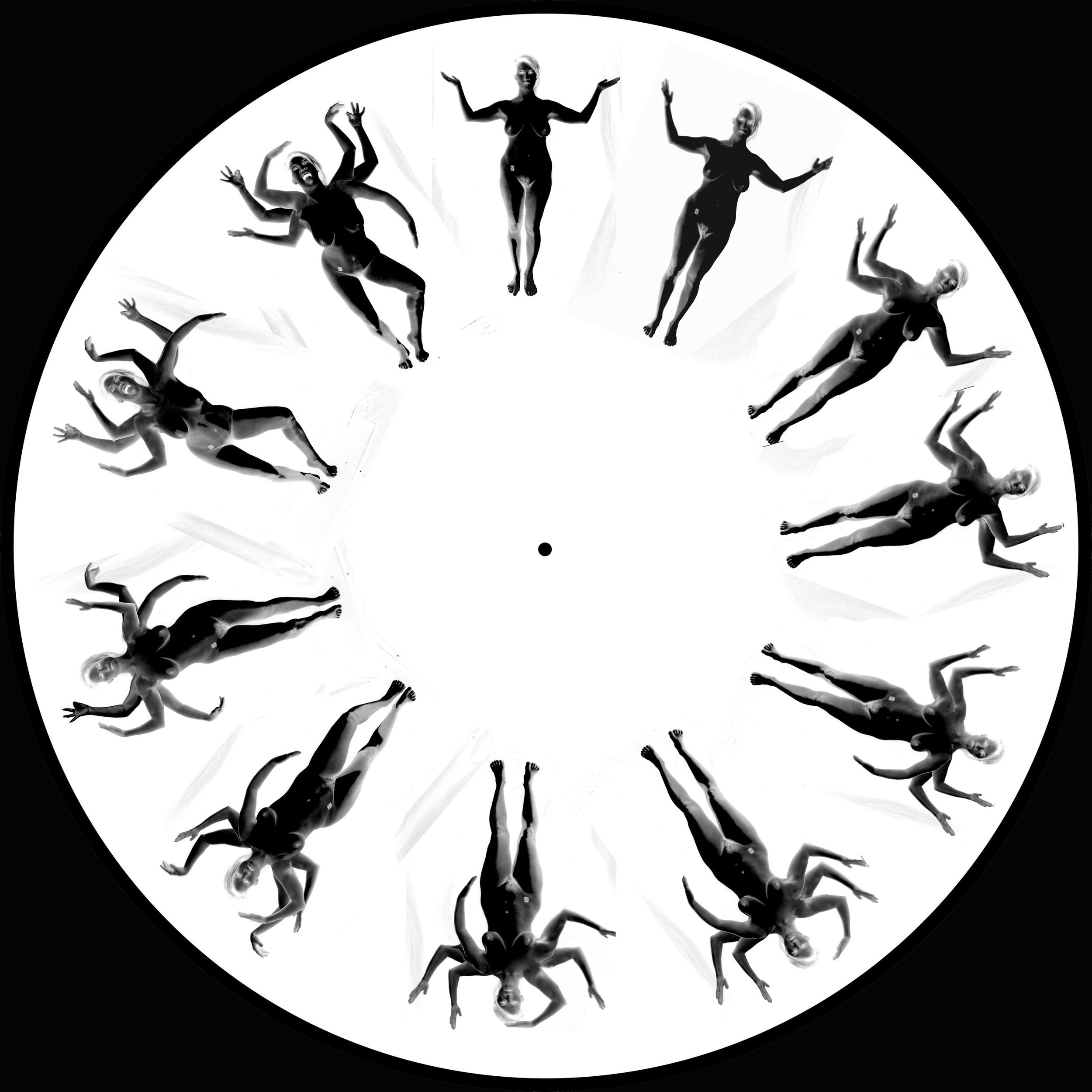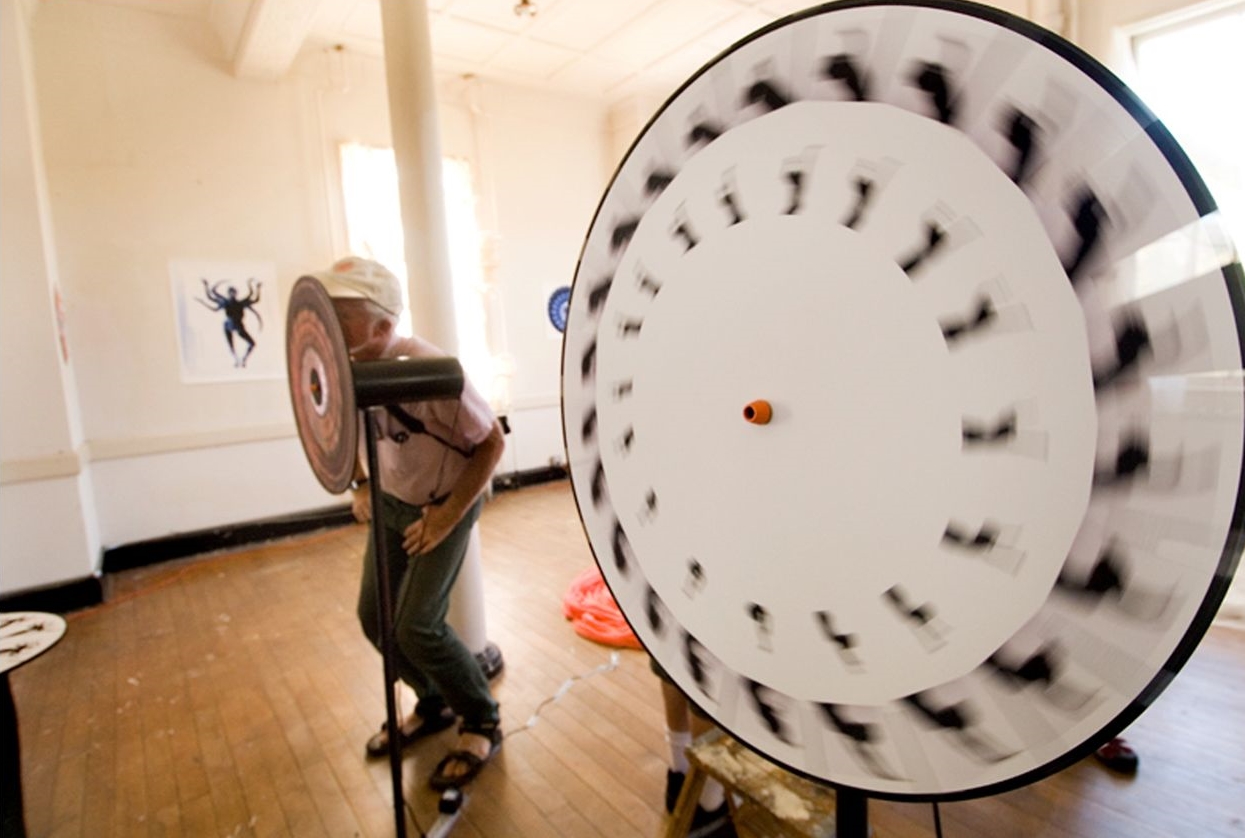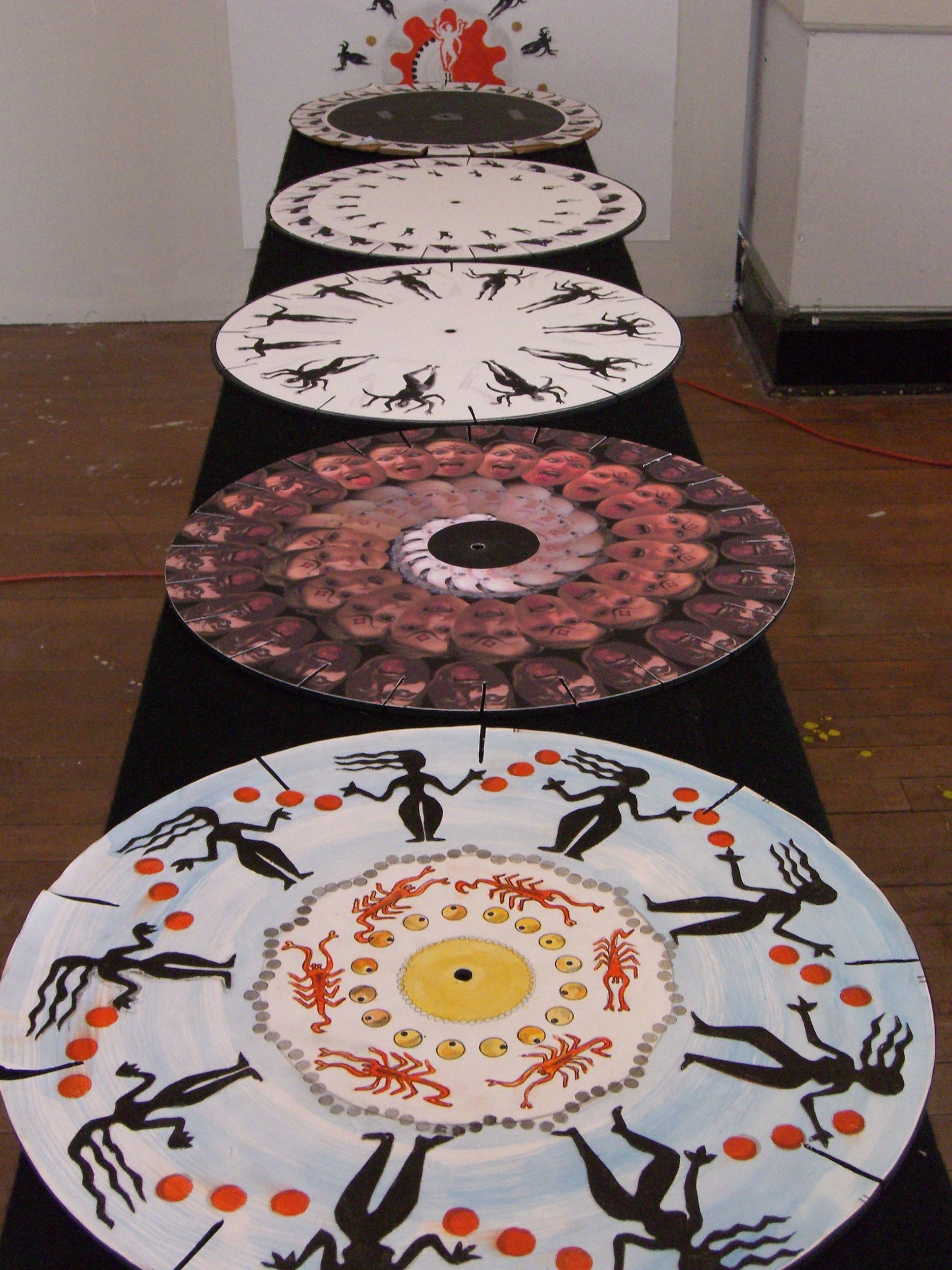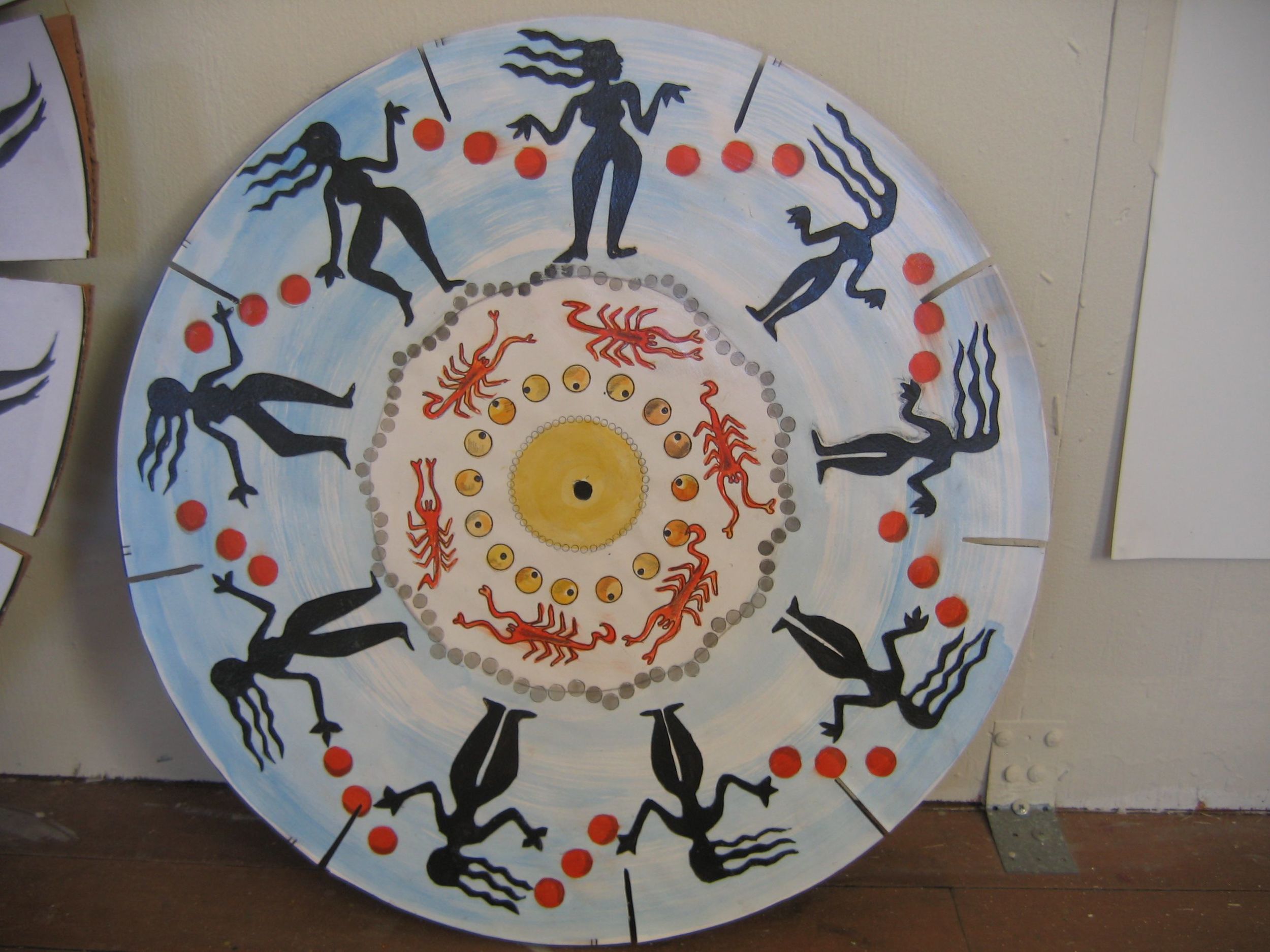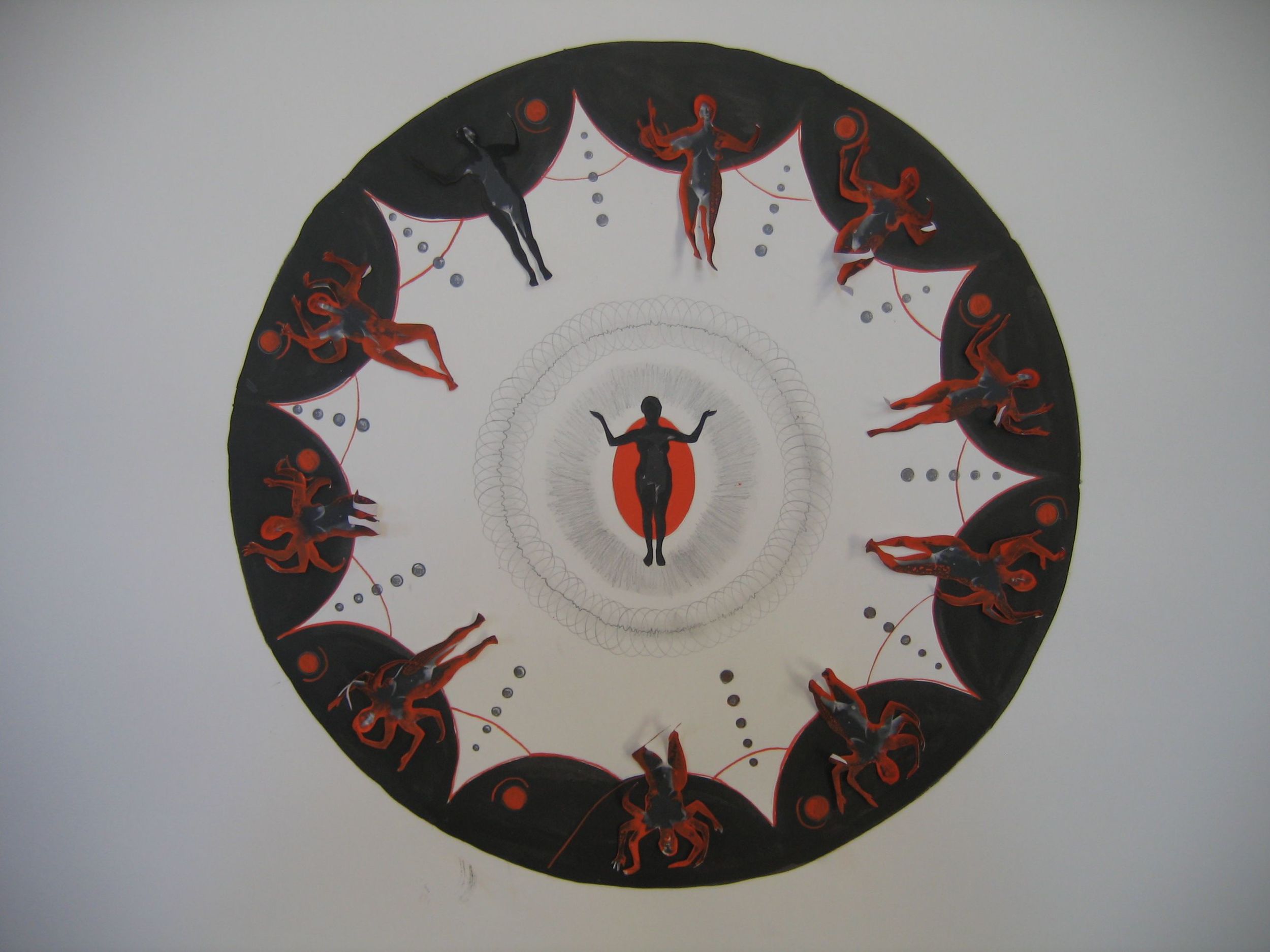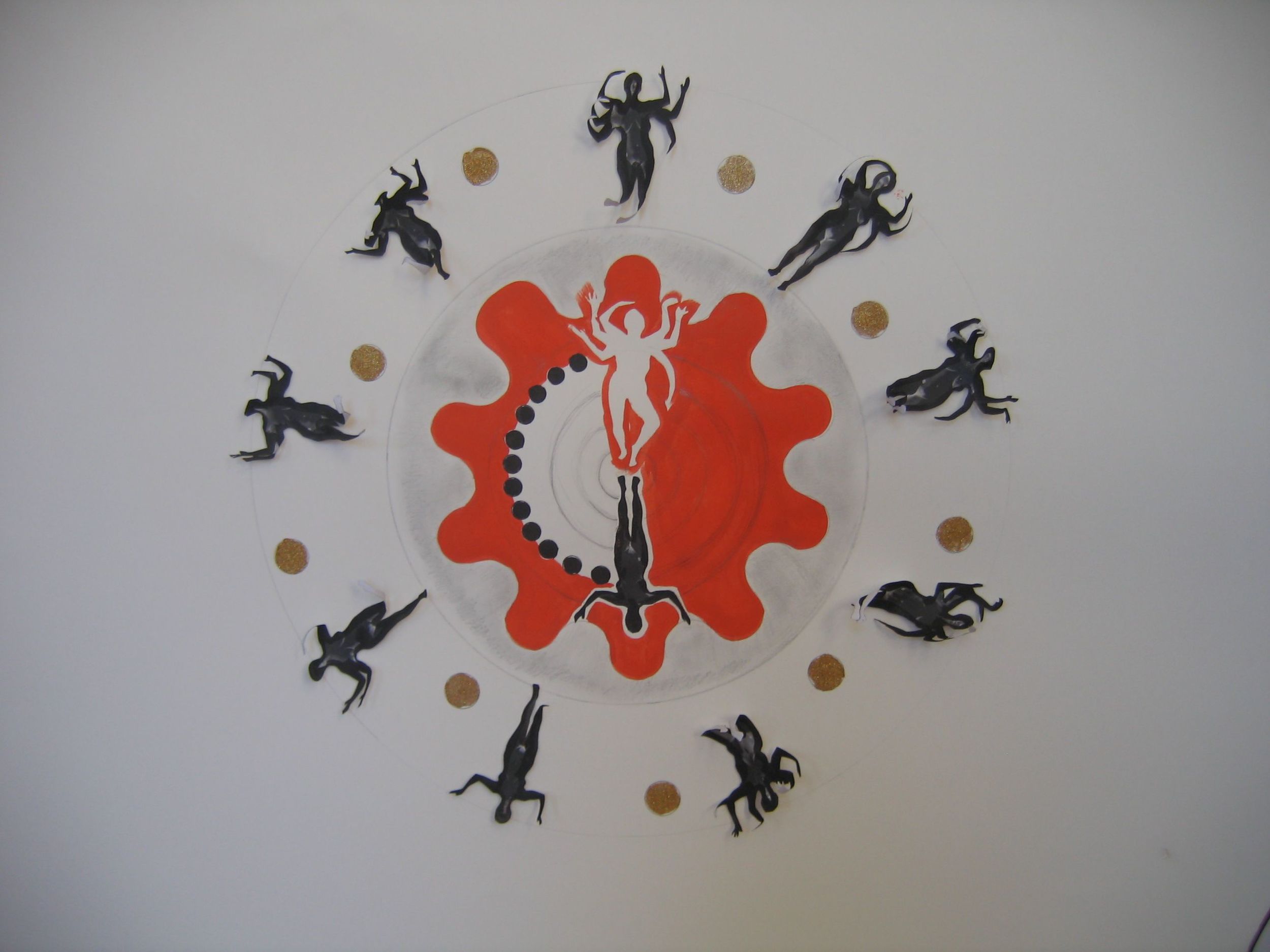PHENAKISTOSCOPES, 2006-9
Explorations in movement/motion and objects
created by Rian Brown at the Headlands Center for the Arts Residency in 2006
/
1
2
3
4
5
6
7
8
9
10
11
12
13
·
·
·
·
·
·
·
·
·
·
·
·
·
